The Middle East is rapidly gaining international recognition for its advancements in the green steel industry. As global efforts to reduce carbon emissions intensify, the region’s steel manufacturers are positioning themselves at the forefront of this transformative movement.
Strategic Advantages and Innovations
A primary driver behind the Middle East’s ascent in green steel production is its use of natural gas instead of coal, resulting in markedly lower carbon emissions. This advantage is further enhanced by the region's vast renewable energy potential, particularly in solar power, which is being harnessed to produce green hydrogen. This hydrogen serves as a cleaner alternative in direct reduced iron (DRI) processes, revolutionizing traditional steelmaking techniques.
Economic Implications on the Global Market
The green steel initiatives in the Middle East present both environmental and economic benefits. The region is anticipated to become a key exporter of green steel, particularly to Europe, where new carbon regulations are being implemented. The forthcoming carbon border adjustment mechanism (CBAM) by the European Union is set to tax high-emission imports, positioning green steel from the Middle East as a competitive option.
Future Prospects and Challenges
Looking forward, the Middle East appears well-positioned to lead the green steel market globally. However, this transition faces challenges, particularly the region's continued dependence on fossil fuels for electricity. To address this, there is a concerted effort to expand renewable energy infrastructure, which will further mitigate the carbon footprint associated with steel production.
In summary, the Middle East is setting new standards in the green steel industry through innovative practices and sustainable technologies. By leveraging its natural resources and committing to emission reduction, the region is not only contributing to global sustainability goals but also securing a strong foothold in the international market.
The MENA region is increasingly embracing international partnerships to bolster its green energy initiatives. A notable example is Germany’s recent agreement with Morocco to produce 10,000 tons of green hydrogen, which will facilitate the creation of 50,000 tons of green steel. This landmark collaboration signifies a deeper alliance between MENA countries and the European Union, aimed at establishing more integrated and efficient global supply chains.
With its abundant renewable energy resources and commitment to sustainable practices, the MENA region is poised to become a leader in the green steel market. By harnessing innovative technologies and leveraging its strategic advantages, the region is positioning itself as a crucial player in the global transition to a low-carbon economy.


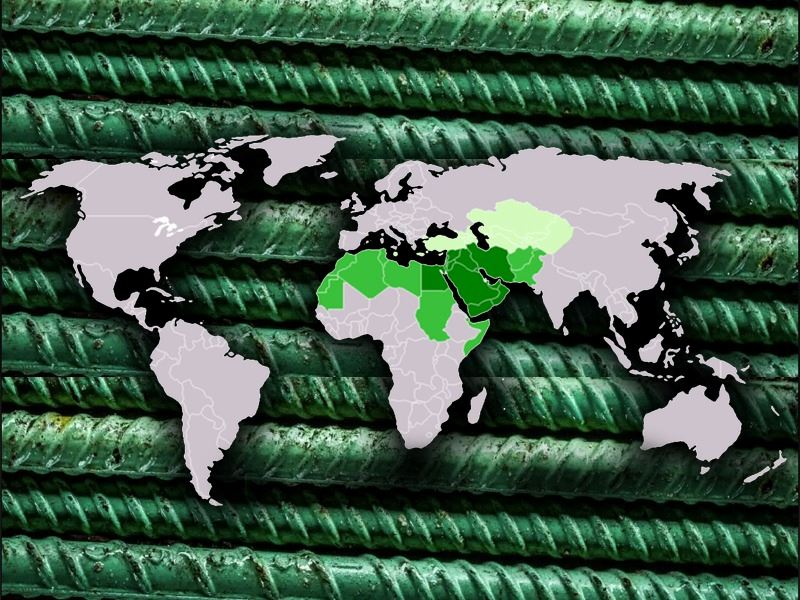

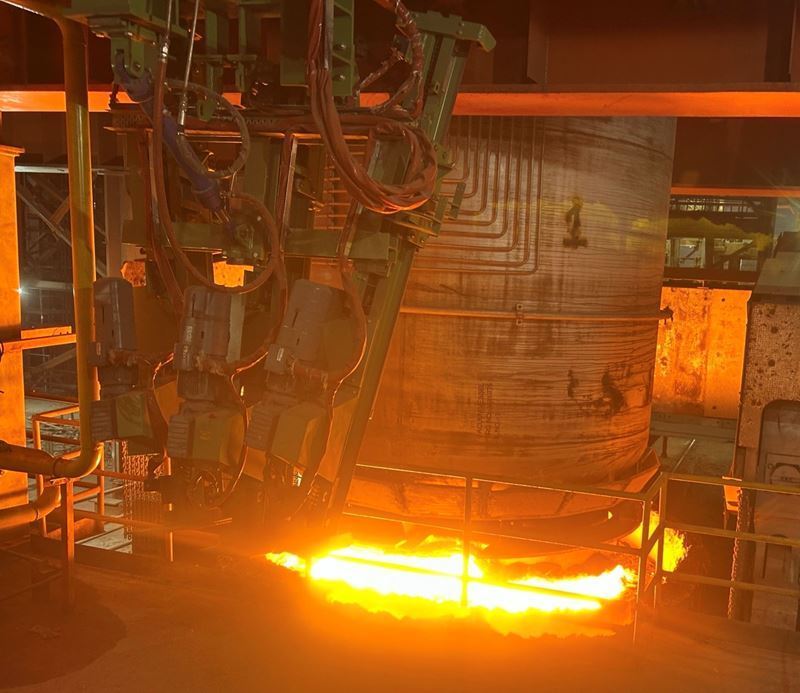
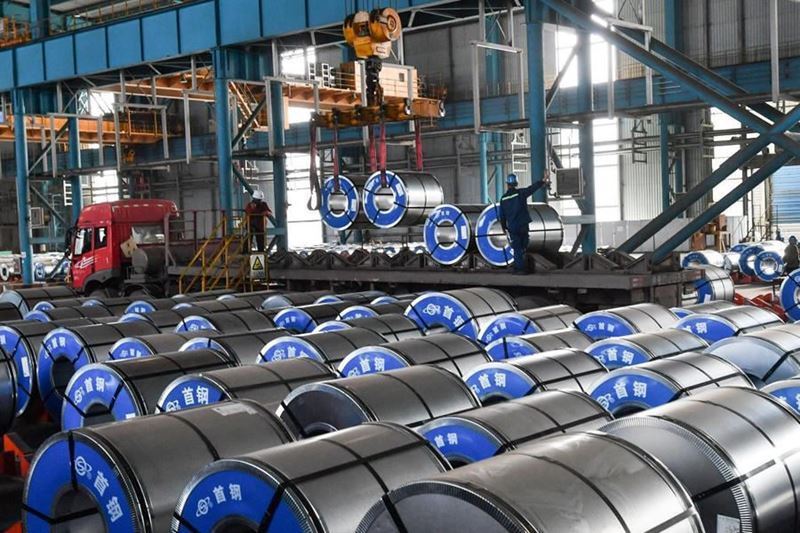
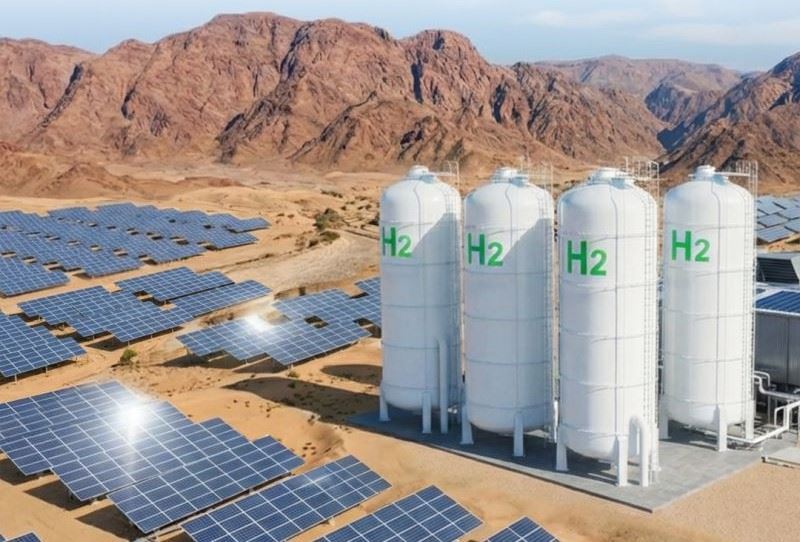
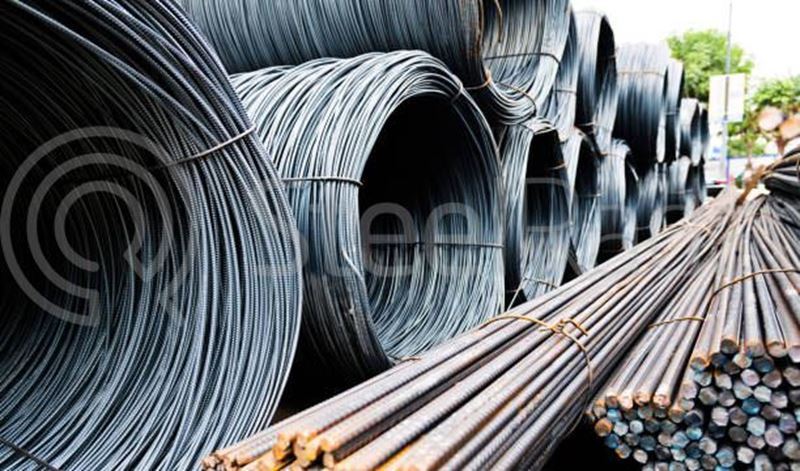

Comments
No comment yet.